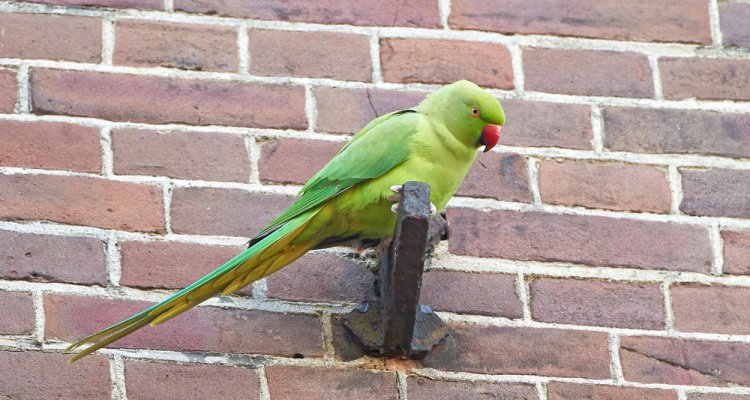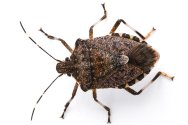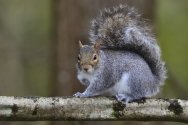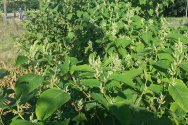
Dossier
Exotic species in the Netherlands
Exotic species, also known as alien or introduced species, are animals, plants, fungi or micro-organisms imported through human activity into an area where they do not originally occur, but where they proceed to thrive. Species which were introduced to the Netherlands before the year 1500, such as the rabbit, the pheasant and the mute swan, do not count and are considered indigenous.
Exotic species are sometimes introduced deliberately. An example is the multicoloured Asian ladybird, released in Europe 20 years ago to combat aphids. Pheasants and fallow deer were once released as hunting game. And every year hundreds of turtles and pond perch are released into Dutch watercourses when their owners have had enough of them.
But a lot of species get introduced by accident. Sometimes pets or ornamental animals escape from captivity, as did the Egyptian goose, the Pallas’s squirrel and the Italian crested newt. Marine creatures such as the Chinese mitten crab are brought in with ballast water from ships; the tiger mosquito hitches a ride on tropical plants. And since a canal was dug between the Rhine and Danube 20 years ago, fish species from the Danube watershed, such as the round goby and the money goby, have been able to reach our waters.
There is another category of newcomers that we do not count as exotic: species such as the great egret, whose habitat is shifting as a result of climate change. They are counted in the same category as the lynx, wildcat, wolf and perhaps the golden jackal: animals that settle here of their own accord.
Species monitoring through eDNA
With the help of environmental DNA (eDNA), researchers can demonstrate the presence of animal species, for example based on water samples.
Publications
-
Between stereotyping and empowerment: Unwrapping social justice messaging in contemporary menstrual product advertising
Journal of Human Rights (2025), Volume: 24, Issue: 1 - ISSN 1475-4835 - p. 22-40. -
The d’Oignies herbarium : contents and origins of an early 18th-century plant collection from the Netherlands
Botany Letters (2025), Volume: 172, Issue: 1 - ISSN 2381-8107 - p. 132-147. -
Governance by satellite : Remote sensing, bureaucrats and agency in the Common Agricultural Policy of the European Union
Journal of Rural Studies (2025), Volume: 114 - ISSN 0743-0167 -
Uncertainty-aware energy storage investment planning through arbitrage in DA and RT markets using novel block orders
Journal of Energy Storage (2025), Volume: 110 - ISSN 2352-152X -
Understanding the dynamics driving obesity in socioeconomically deprived urban neighbourhoods : an expert-based systems map
BMC Medicine (2025), Volume: 23, Issue: 2 - ISSN 1741-7015 -
Derivation of Economic Values for Breeding Objective Traits of Chinese Holstein Dairy Cows Using a Bio-Economic Model
Journal of Animal Breeding and Genetics (2025) - ISSN 0931-2668 -
Risk characterisation of chemicals of emerging concern in real-life water reuse applications
Environment International (2025), Volume: 195 - ISSN 0160-4120 -
The knockout of tobacco NtCBL10 inhibits leaf Cl- accumulation and leads to light-dependent necrosis & light-independent chlorosis under salt stress
Environmental and Experimental Botany (2025), Volume: 229 - ISSN 0098-8472 -
Osmia cornuta Is a More Suitable Managed Pollinator for Cherry and Apple Orchards Than Osmia bicornis
Journal of Applied Entomology (2025) - ISSN 0931-2048 -
Community of inquiry : A bridge linking motivation and self-regulation to satisfaction with E-learning
Internet and Higher Education (2025), Volume: 65 - ISSN 1096-7516




